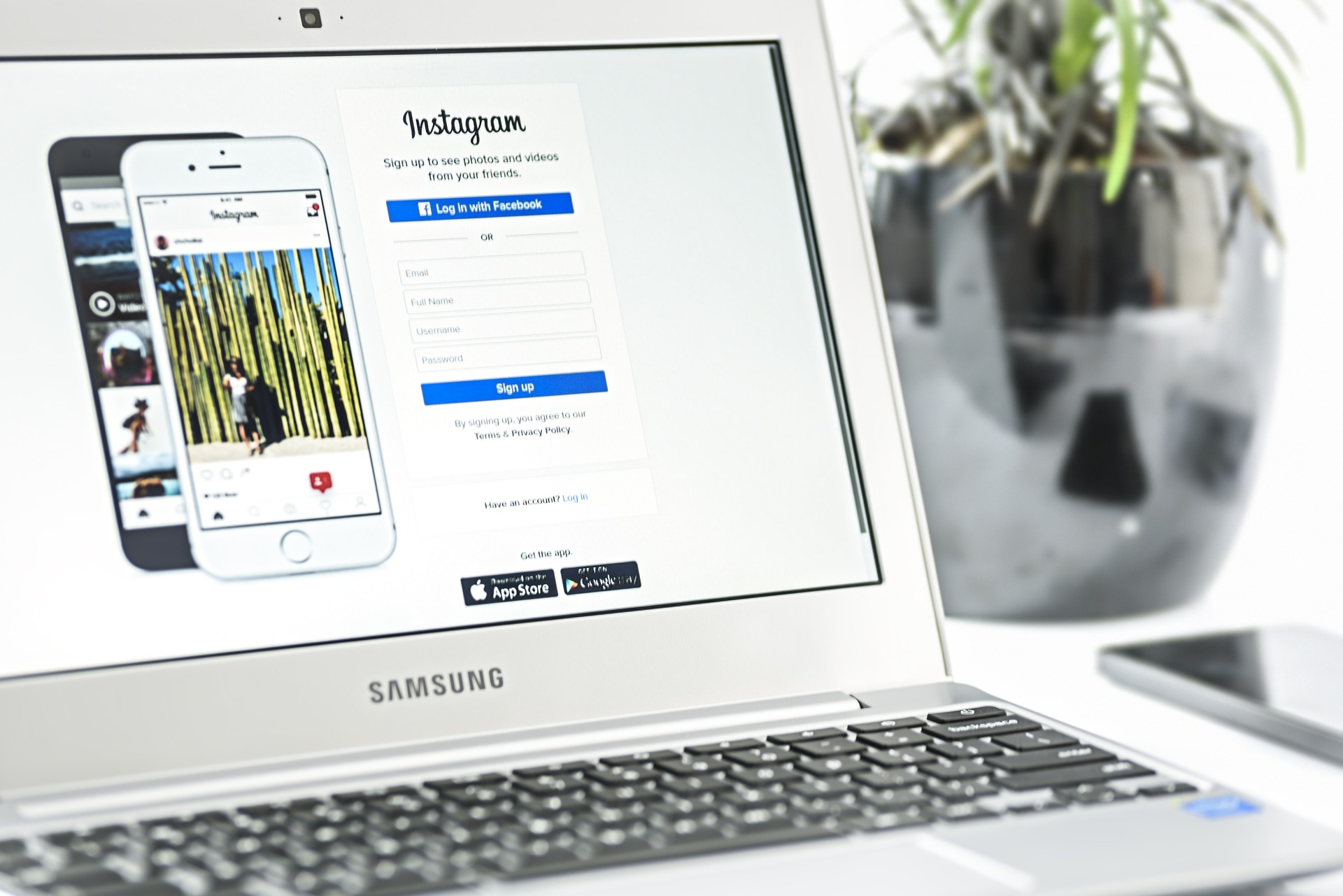
How to address drops in social media ROI
Social media is a fantastic marketing channel to share content with your customers or brand followers and build a community. But, we know that like any marketing channel, social media continually evolves, as does the way our followers use it.
Changes are expected on social media and marketers have learned to adapt to these changes to consistently post valuable content and avoid spammy engagement tactics. By playing nicely with the social media networks, many of us marketers see amazing ROI from a free platform.
But, if you’re starting to see dips and drops in your social media metrics, mainly in terms of engagement and followers, there are some things to check to make sure your social media strategy is still on track and providing your brand the right ROI.
The ABC’s of improving ROI on social media

Algorithms
First up is understanding the algorithms themselves. On the most basic level, a social media algorithm helps sort a user’s content and what they’re shown when they visit the newsfeed. With all the different personal connections and brands a person can follow, there’s a lot of content to sift through and it’s the algorithms job to pick what should be served to the user. These machine-learning algorithms aren’t perfect but their job is to show each user the most relevant content for them – which it sometimes does and other times it misses the mark.
Another thing to keep in mind that goes along with the algorithms, is the notion of how long social media posts last. Many social media experts say a Tweet has a half-life of a mere 20 minutes, but LinkedIn posts get a day or two. By knowing how the social networks prioritize posts and knowing when to share can make a huge difference in how your content performs.
Sharing a recent blog highlighting a colleague’s work on big project? Make sure to tag them so their following can see the great post about them. Co-hosting a webinar with another brand? Tag that brand as well to get your name in front of their audience. Make sure to use your hashtags appropriately and use calls-to-action to entice people to click or react to your posts – further helping future posts pop up in their feed.
Only posting once a week to Facebook? Try upping that to three times per week to get more eyes on your content. Test and try out different things to see if you can get the algorithms to work in your brand’s favor.
Billable content
While one pro of social media continues to be that it’s free to have business accounts, it has become more of a pay-to-play space but that doesn’t mean you have to shell out tons of money on advertising or creating new ad campaigns from scratch.
A simple boost or sponsored content push of content you know already works for your audience can be enough to give your social media metrics the healthy nudge they need and put your content in front of new audiences to improve your following.
Content
Sometimes it’s simply that our content that isn’t pulling its weight.
Test out different content formats, like images, videos, or GIFs if the network allows. I try to keep a good mix of posts with calls to action, like questions, to encourage engagement with my social media posts. Another way to drive up engagement is to invoke the curiosity factor. One of the best examples of this, and the most authentic content to boot, is found on Humans of New York where he breaks up his stories into different parts. People are champing at the bit to get the next story and continually refreshing his feed and interacting with his content. It’s a great way to apply episodic content to social media.
Beyond the format, analyze the words of your posts. Are your questions driving action? Are people reacting to your posts? Nothing annoys me more than seeing brands just copy the title of a blog post or article and paste that as the text to go along with the social media post (I’m looking at you, BuzzFeed). Take the time to craft a good, relevant message to go with your content and study the results to see what your audience likes.
Social listening tools are a great way to understand what words, keywords, and topics your audience is interested in, and what words they associate with your brand. Listen to what your followers are saying about you and what they’re interested in and then join the conversation with your own content.
Demographics
When’s the last time you took a deep dive into your follower’s demographics data? By checking in on your followers, you can make sure your content is tailored for them and meets their needs. Reviewing your demographics information can help you choose your tone, understand what your audience is interested in or where they’re at in their customer journey, understand what they might find humorous or engage with, and can even help you determine when you should be posting to catch their attention when they’re checking social media.
What other tips do you have when analyzing drops in social media performance? Share your ideas in the comments below!




